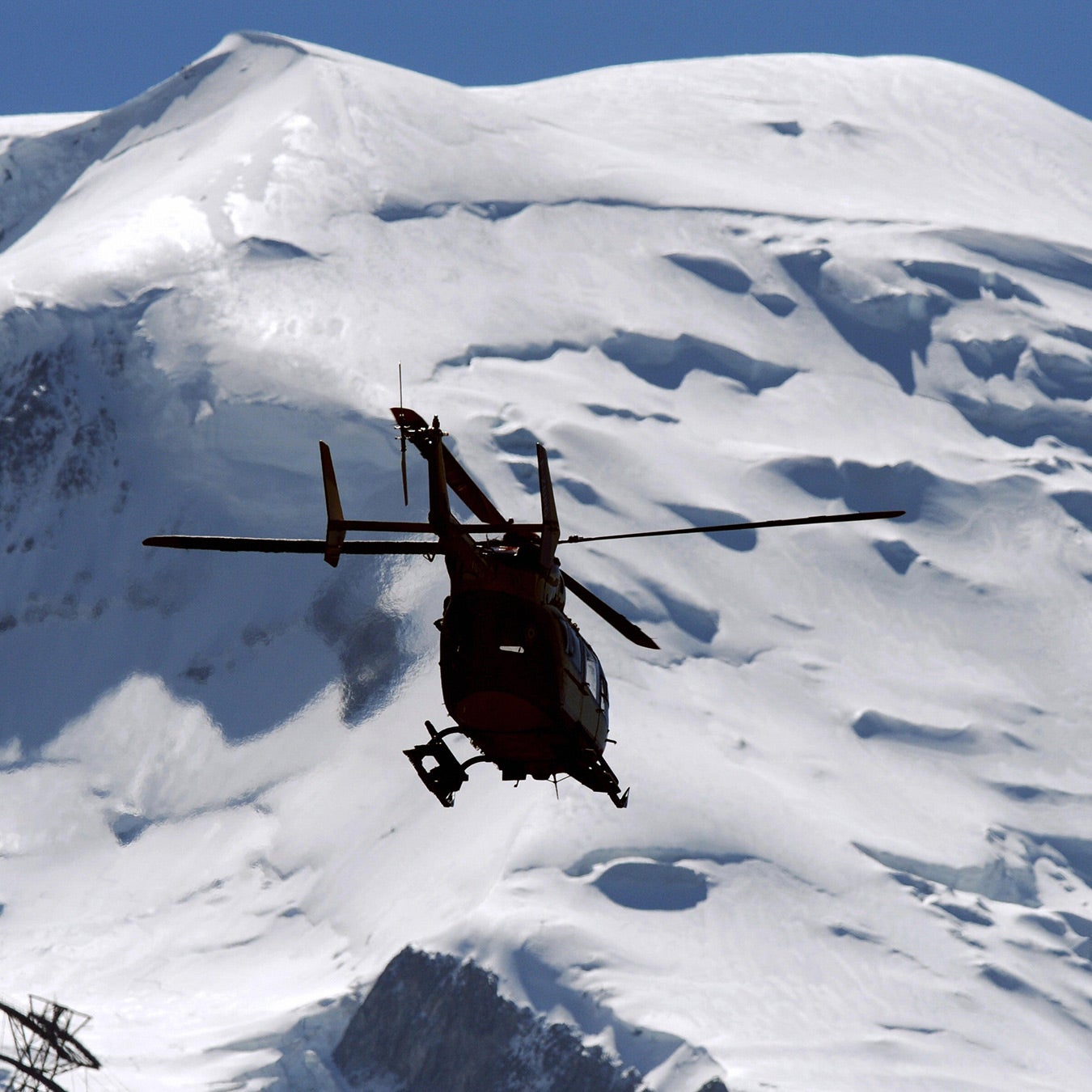The tallest peak in the Alps just got a little bit shorter.
Mont Blanc, the snowcapped massif standing on France’s border with Italy, lost approximately seven feet of elevation between 2021 and 2023, researchers say. Scientists from France’s Haute-Savoie regional administration revealed the information on Thursday, October 5. They said that Mont Blanc’s current height is 15,766 feet tall—the shortest it’s been since scientists began regularly measuring its elevation in 2001.
“The top of Mont Blanc is like a dune, it moves, and it is not the first time we have measured height variations of more than two meters,” said Cecile Taffin of the UNGE surveyors union.
The peak’s highest recorded height came in 2007 when it measured 15,783 feet and 79 inches.
Researchers began measuring the peak in 2001 to try and understand how climate change is impacting the Alps. They place small receivers in the snow that emit GPS signals, and the devices allow them to chart the peak’s height to within less than half an inch.
Denis Borel, one of the surveyors involved in the project, told French television channel TF1 that the shrinking is likely due to a loss of ice and snow at the summit. Borel said the peak had lost 3,500 cubic meters (123,600 cubic feet) of ice since 2021, “representing roughly the volume of an Olympic swimming pool.” But Borel said the shrinking may not be linear, and that the peak could add snow and ice in the coming years. “Climatologists and glaciologists tell us that it takes approximately 50 years of measurement to be able to draw conclusions on possible global warming at this altitude of 4,800 meters,” he said.
Jean des Garets, chief geometer in Haute-Savoie, says the mountain “could well be much taller in two years.”
“The summit is constantly changing in altitude and position, with changes of up to five meters,” des Garets told the BBC. “We’re gathering the data for future generations. We’re not here to interpret them—we leave that up to the scientists.”
Luc Moreay, a glaciologist from Chamonix, said shifts in wind and precipitation may be the culprits behind the loss of ice on the summit. High winds blow snow and ice from the peak, diminishing the height. During years of drought, less rain and snow falls atop the peak, contributing to the loss. “This is not representative of global climate warming, because the climatic conditions at the summit of Mont Blanc are rather polar,” he said.
Of course, the effects of climate change are apparent across the Alps. In Switzerland, the mountain range’s glaciers have shrunk by half since the 1930s. Recent research suggests western Europe’s at least 30 percent of their volume in recent decades. The melting has unearthed a trove of lost items across the mountainous region: wreckage from a plane crash, and multiple human bodies.


